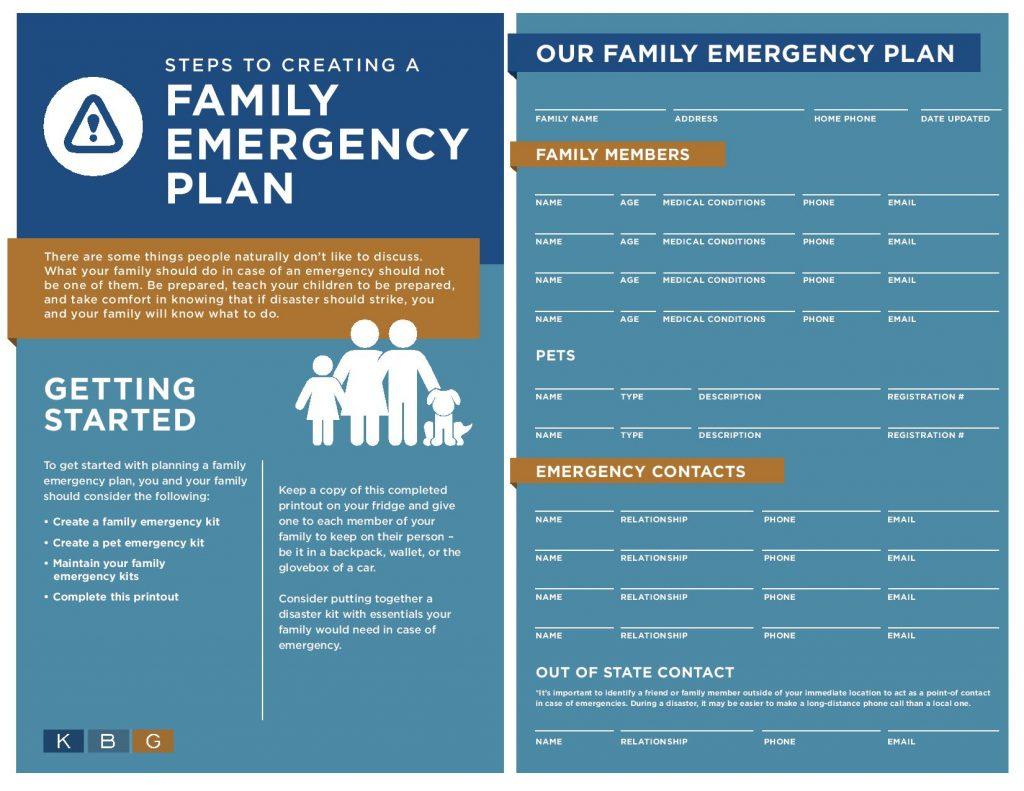In an era where streaming services dominate the entertainment landscape, the allure of family plans has captured the attention of consumers seeking cost-effective solutions. Promising to deliver diverse content to multiple users under a single subscription, these plans appear to offer significant savings. However, the true value of family plans on streaming platforms warrants closer examination. Are these bundled offerings genuinely economical, or do they mask hidden costs and limitations? This article delves into the intricacies of family plans, analyzing their benefits and drawbacks to determine whether they truly provide value for money.
Evaluating Cost-Benefit Ratios in Family Streaming Plans
When considering family plans on streaming services, it’s essential to weigh the cost-benefit ratios. At first glance, these plans often present a compelling offer, providing multiple user profiles and simultaneous streams for a seemingly attractive monthly fee. However, the true value lies in how effectively each family member utilizes the service. If a household maximizes the number of streams, enjoys a wide variety of content, and takes advantage of exclusive features, the plan can indeed offer substantial savings compared to individual subscriptions.
However, there are factors to consider:
- Content Variety: Does the service cater to diverse interests within the family?
- Usage Frequency: Are all members actively using the service?
- Additional Features: Are there benefits like offline viewing or premium content?
- Cost per User: How does the cost divide among users compared to solo plans?
Ultimately, evaluating these aspects can determine if a family plan truly delivers the promised value, or if it’s simply a bundled offer with limited actual benefit.
Analyzing User Experience and Accessibility for Families
When evaluating the user experience of streaming services, it’s crucial to consider how intuitive and family-friendly the interface is. A well-designed platform should offer personalized profiles, allowing each family member to enjoy tailored content recommendations. This feature is particularly beneficial for families with children, as it helps filter age-appropriate material. Additionally, parental controls are essential for ensuring a safe viewing environment, providing parents with peace of mind.
Accessibility is another key factor. Streaming services that support a wide range of devices—from smart TVs to tablets—ensure that families can enjoy content seamlessly, regardless of the technology they own. Features like closed captioning, audio descriptions, and customizable subtitles enhance the viewing experience for all users, including those with disabilities. Consider the following aspects when assessing a service’s accessibility:
- Device Compatibility: Check if the service supports the devices your family uses.
- Ease of Navigation: A user-friendly interface that’s easy for both adults and children to navigate.
- Content Filters: Effective parental controls and content filters to manage what kids can watch.
- Language Options: Availability of multiple languages and subtitle options.

Comparing Family Plans Across Leading Streaming Platforms
When evaluating the family plans offered by major streaming services, it’s crucial to consider both the features and costs involved. Netflix, for instance, provides a premium plan allowing up to four simultaneous streams, which can be ideal for larger households. However, this comes with a higher price tag compared to other options. Disney+, on the other hand, offers a standard plan with four streams and no extra cost, making it a competitive choice for families looking for value without sacrificing access to popular content.
- Hulu: Offers an add-on for unlimited screens, which can be beneficial but adds to the monthly expense.
- Amazon Prime Video: Includes three concurrent streams with a Prime membership, offering a balance between cost and accessibility.
- Apple TV+: Family Sharing allows for up to six family members, but with a smaller library compared to others.
Ultimately, the value of these plans hinges on the specific needs of your household. While some services provide more screens at a higher cost, others offer a more economical approach with fewer options. Assessing your family’s viewing habits can help determine which plan truly offers the best value for money.

Strategic Tips for Maximizing Value in Streaming Subscriptions
- Evaluate Usage Patterns: Before committing to a family plan, analyze the viewing habits of each member. If only a couple of people regularly use the service, a standard plan might suffice. However, for larger households with diverse preferences, a family plan can be a cost-effective way to provide access to multiple users simultaneously.
- Compare Across Platforms: Different streaming services offer varying features in their family plans. Some might include offline downloads, higher resolution streaming, or exclusive content. Compare these features with the preferences of your household to determine which service offers the best value.
- Leverage Free Trials and Promotions: Many streaming platforms offer free trials or promotional rates for new subscribers. Use these opportunities to test whether the family plan meets your needs without immediate commitment. Keep an eye out for seasonal discounts or bundled offers that might enhance value.
By carefully assessing these factors, households can make informed decisions that maximize their entertainment value while staying within budget. Ensuring that the features align with your household’s viewing habits is key to unlocking the true potential of a family plan.



